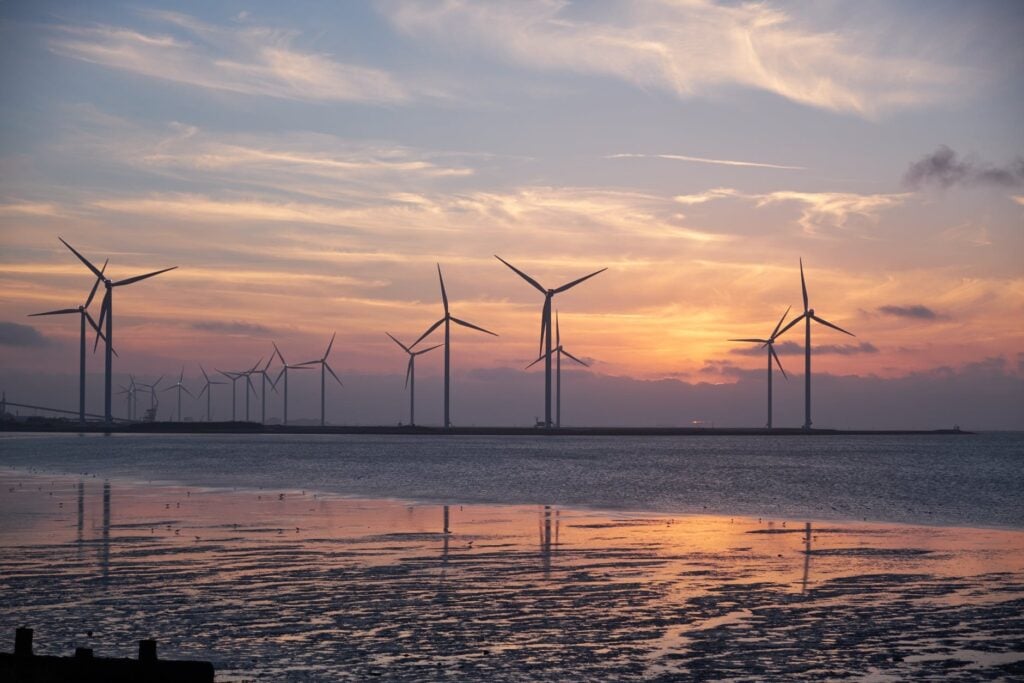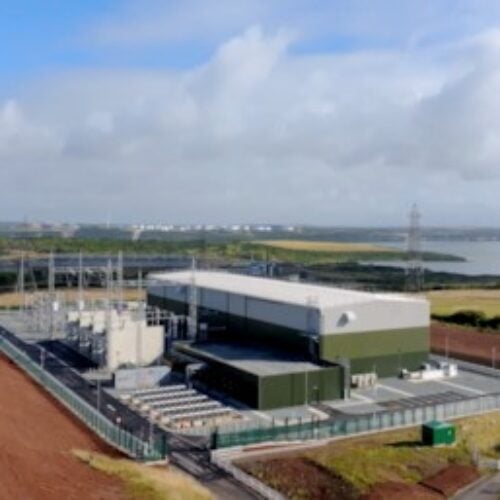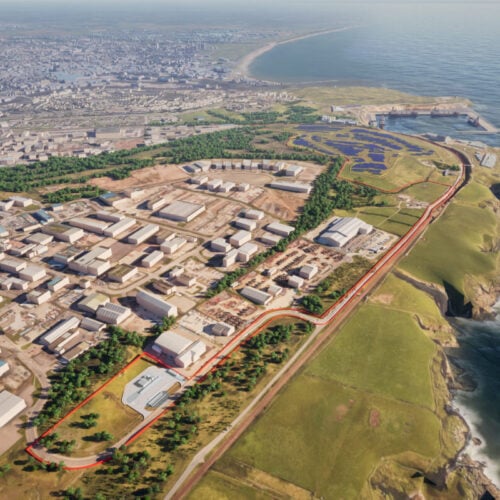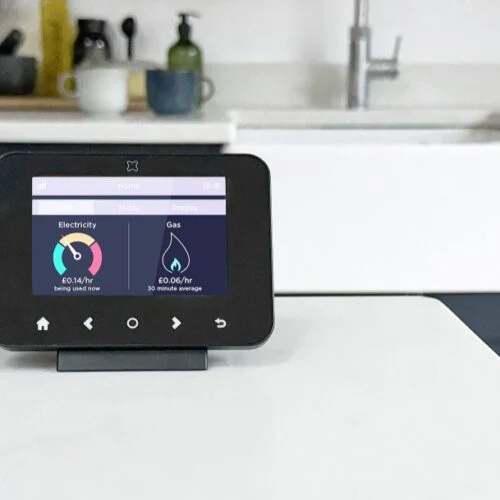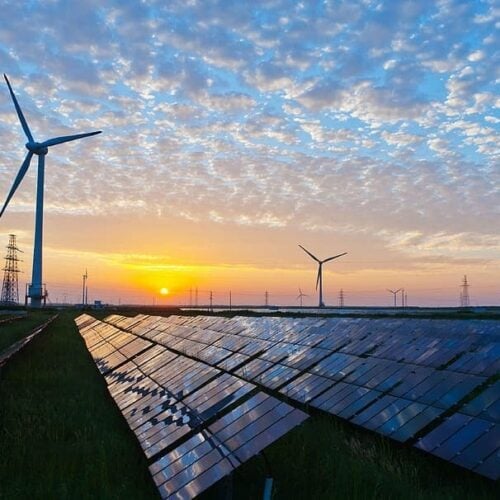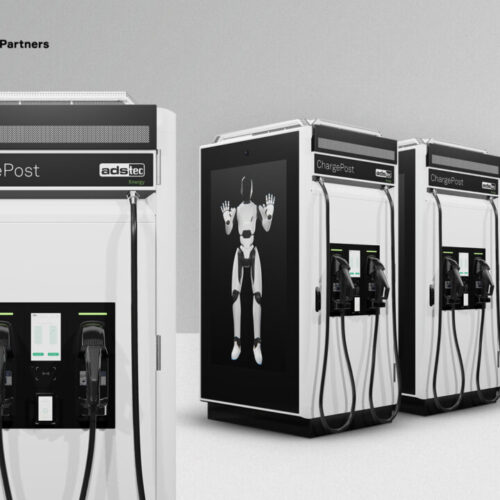The National Grid has invited local communities in Suffolk and Kent to comment on proposals for two green energy infrastructure projects dubbed Eurolink and Sea Link.
The eight-week consultations, which started yesterday (October 24), share proposals for Eurolink, a subsea electricity cable between Great Britain and the Netherlands, and Sea Link, a subsea electricity cable between Suffolk and Kent.
Being developed by National Grid Ventures, the Eurolink multi-purpose interconnector (MPI) is designed to harness the increasing volumes of offshore wind power in the North Sea.
It will enable the connection of offshore wind farms to both the British and Dutch electricity grids via an interconnector, transporting clean electricity from where it’s produced to where it’s needed.
Alongside this, National Grid Electricity Transmission is developing the Sea Link which will add additional capacity to the electricity network in Suffolk and Kent, enabling low carbon and green energy to power local homes and businesses as well as be transported around the country.
The proposals outline a preferred route of 10km of onshore and 140km of undersea cables, together with potential landfall and converter station locations at the proposed Friston substation in Suffolk and in Richborough in Kent.
“The government’s net zero and energy security targets mean an increase in green electricity generation such as wind, solar and nuclear power. Harnessing the full potential of British and European clean energy resources enables us to be less dependent on global fossil fuels like natural gas,” said Mike Elmer, programme director of Sea Link and Phil Sandy, project director of Eurolink.
“Our proposals for Sea Link and Eurolink will enable this clean electricity to connect to the grid and power homes and businesses, boosting our home-grown energy supplies and progress towards net zero.
Consultation on both schemes together will give local communities the chance to see how proposed infrastructure in the region links together and opportunities for co-locating elements of each scheme.
“We understand that plans for new infrastructure can cause concern in nearby communities,” continued Elmer and Sandy.
“We hope that by co-locating elements of each project we can reduce the impact of new development on the local area. This launch is the beginning of our work engaging with communities and stakeholders and we encourage people to come forward and share their views.”
National Grid worked together with Norwegian operator Statnett on the creation of the world’s longest subsea electricity interconnector, the North Sea Link, which started operation in October 2021.
The £1.37 billion interconnector started operation with an initial capacity of 700MW, which then was increased gradually to its full capacity of 1400MW. This follows Statnett’s standard approach for integrating new interconnectors.
